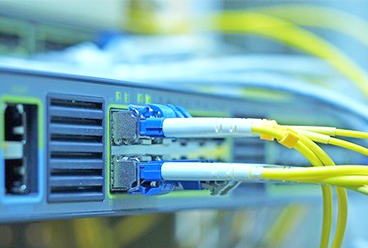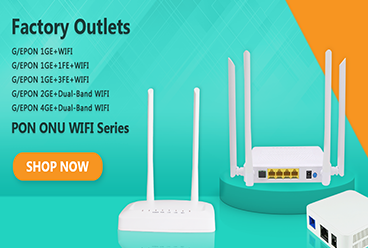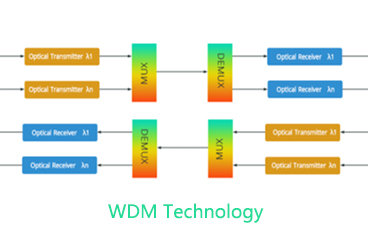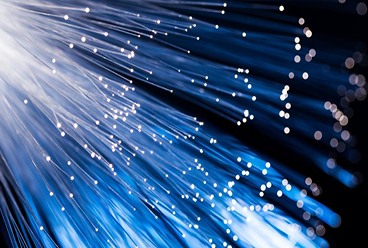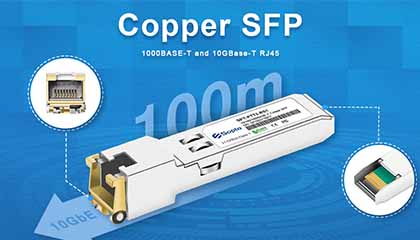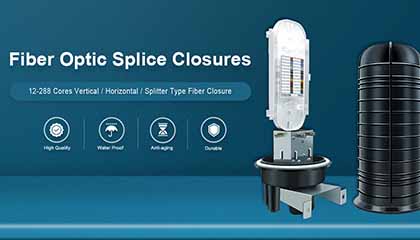Different brands' compatible SFP transceivers can generally be used with each other as long as they adhere to the same industry standards. SFP (Small Form-factor Pluggable) transceivers are standardized modules that support specific protocols and speeds, ensuring interoperability between different manufacturers.
However, there are some important factors to consider when using SFPs from different brands
1. Compatibility with Network Equipment
Most network devices that support SFP transceivers (such as switches, routers, and servers) are based on standards like 1000Base-SX, 1000Base-LX, or 10GBase-SR. As long as the transceivers comply with the same specifications, they should work. However, some vendors may lock their devices to recognize only their own branded SFPs, often using proprietary firmware or EEPROM within the SFP transceivers.
2. Vendor-Specific Firmware
Some vendors (such as Cisco, Juniper, or HP) use "proprietary" SFP systems, meaning that even if a transceiver follows the same standards, the device may not recognize or fully support third-party SFP transceivers. For example, certain Cisco switches may not accept non-Cisco SFPs due to the lack of Cisco-specific EEPROM coding.
In most cases, third-party manufacturers like Finisar and Mellanox provide transceivers that comply with open SFP standards. However, if a vendor enforces brand-locking policies, the use of these transceivers may be restricted or unsupported in certain network devices.
3. SFP Transceiver Specifications
Form Factor: Ensure that the SFP transceivers has the same form factor. For example, standard SFP is different from SFP+ or QSFP, which have different port densities and speeds.
Data Rate and Protocol: Confirm that both the transceiver and the device support the same data rate (e.g., 1Gbps, 10Gbps) and protocol (e.g., Ethernet, Fibre Channel).
Distance and Wavelength: SFPs are designed to operate within specific distances and fiber types (such as single-mode or multi-mode). Make sure the transceiver matches the cable type and required transmission distance.
4. Cost Considerations
Compatible SFP transceivers can help businesses save significantly on network deployment and maintenance costs. Compared to vendor-specific hardware modules, compatible modules are usually more affordable. Additionally, businesses can select the most suitable transmission distance, speed, and interface type based on actual needs, without paying extra for unnecessary features.
As long as different brands' SFP transceivers conform to the same standards and specifications, they can be interchangeable. The main considerations are compatibility with specific network devices, potential brand-locking restrictions, and the use of proprietary firmware. Always check the documentation of both the transceiver and the device to identify any possible limitations. If using third-party modules, ensure they are fully compatible with your setup.
Sopto Technology is committed to the development and production of compatible SFP Transceivers. With more than ten years of production experience, we can provide SFP Transceivers that are perfectly compatible with third-party brand devices. If you are interested, please feel free to contact us for more information.
Tags : SFP transceivers, 1000Base-SX, 1000Base-LX, 10GBase-SR, Cisco, Juniper, HP
— END —




